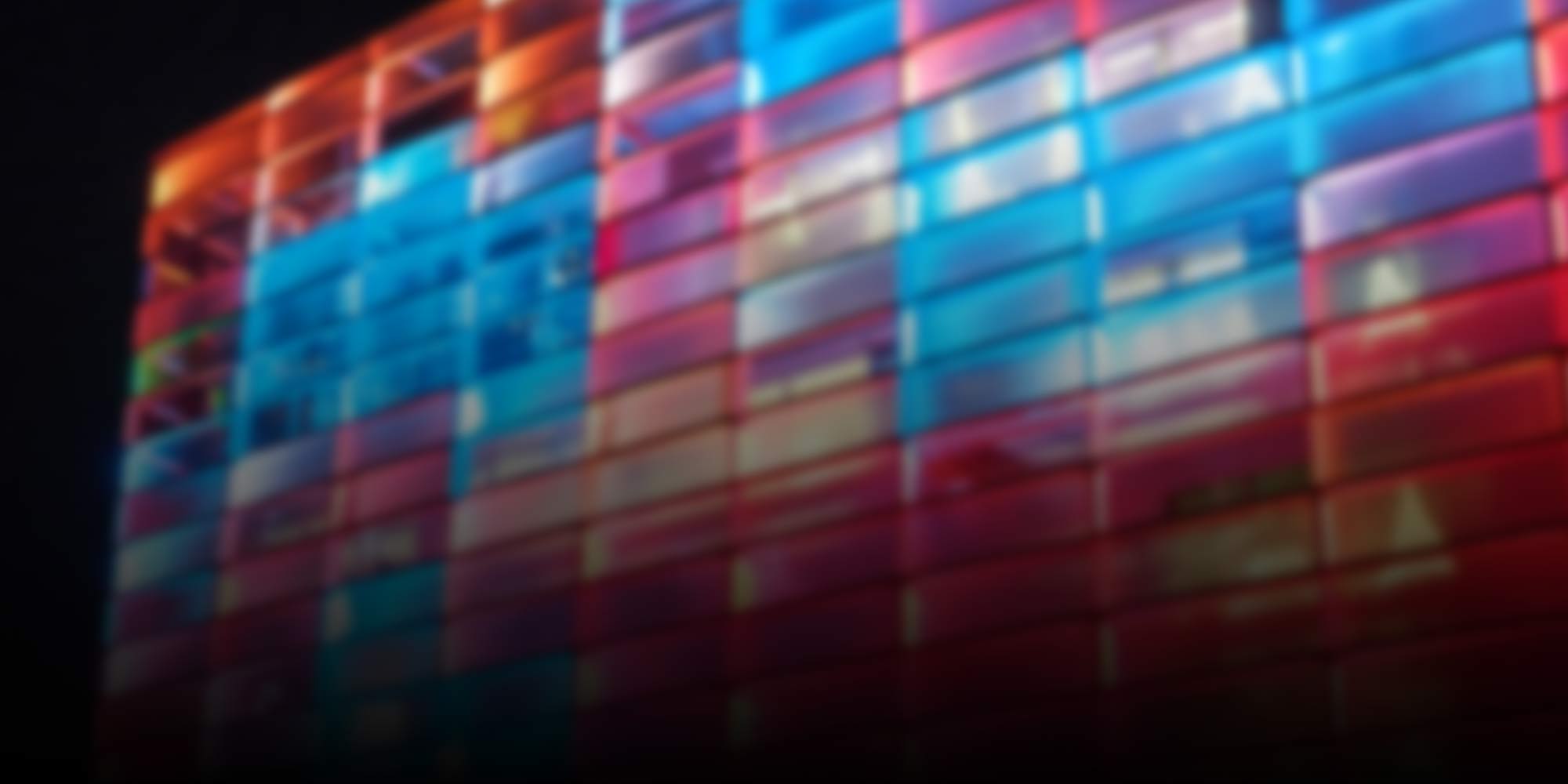
Deep Space 8K
-
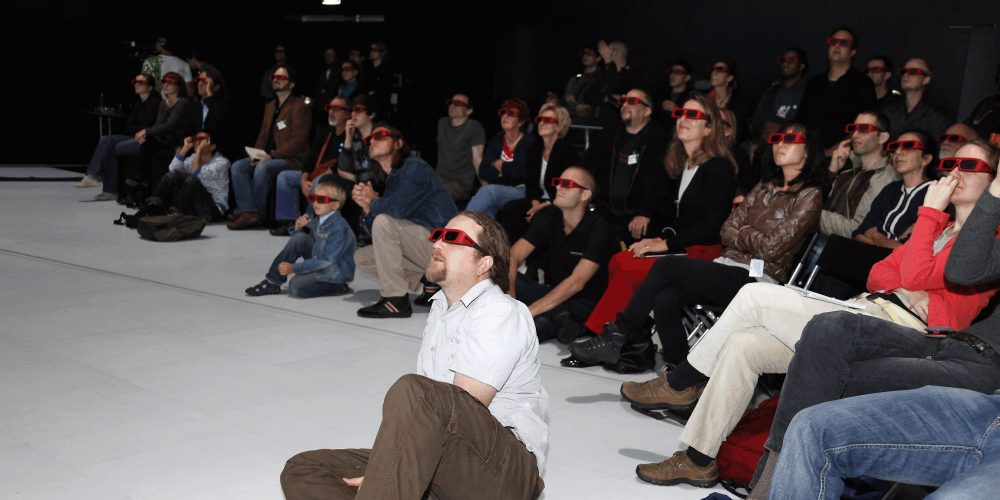
Throwback: The birth of the Deep Space
Deep Space EVOLUTION marks the start of Ars Electronica’s next chapter when it comes to immersive visual worlds. But how did the story of the giant projection room in the Ars Electronica Center begin?
-
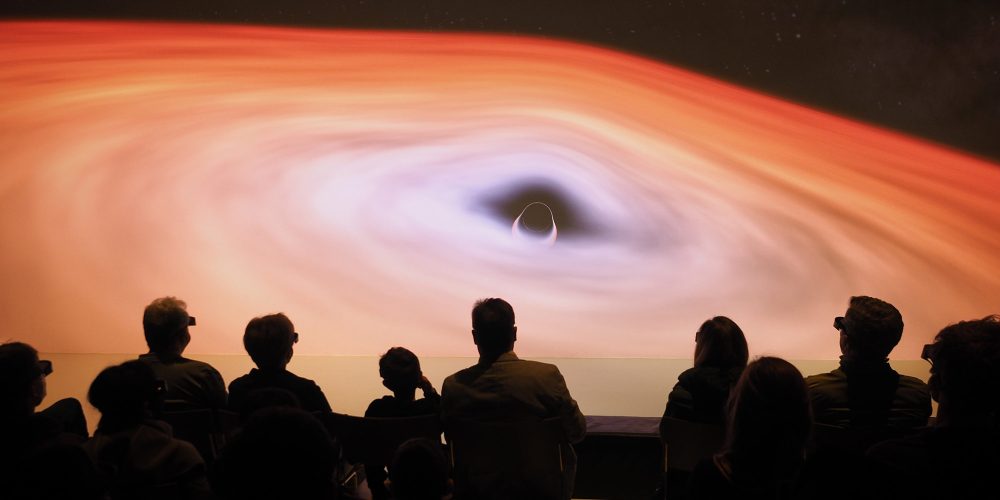
The Deep Space EVOLUTION has started
On March 30, 2022, Deep Space EVOLUTION celebrated its premiere at the Ars Electronica Center. We have a few impressions for you.
-
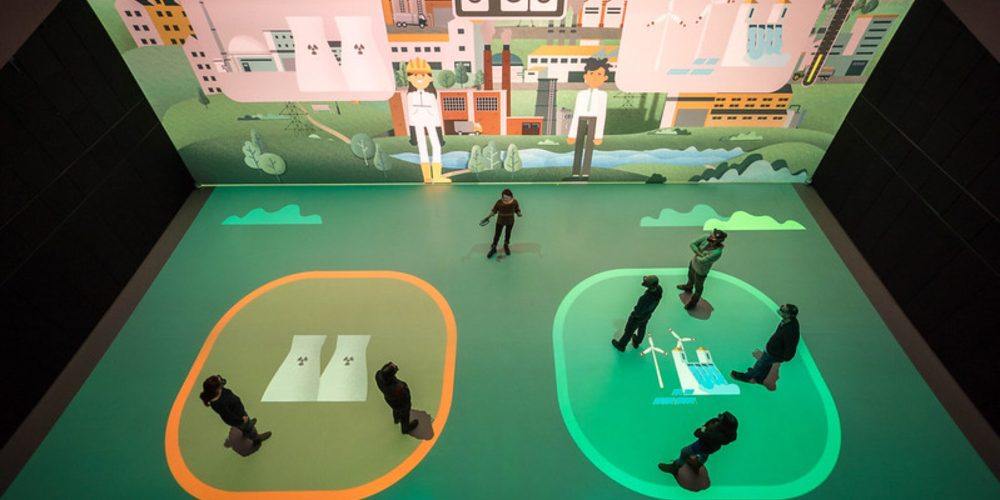
That’s what the new Deep Space EVOLUTION program looks like
New laser projectors, the most powerful graphics cards, a 3D tracking system and a whole range of new interactive programs and spectacular applications. This is Deep Space EVOLUTION.
-
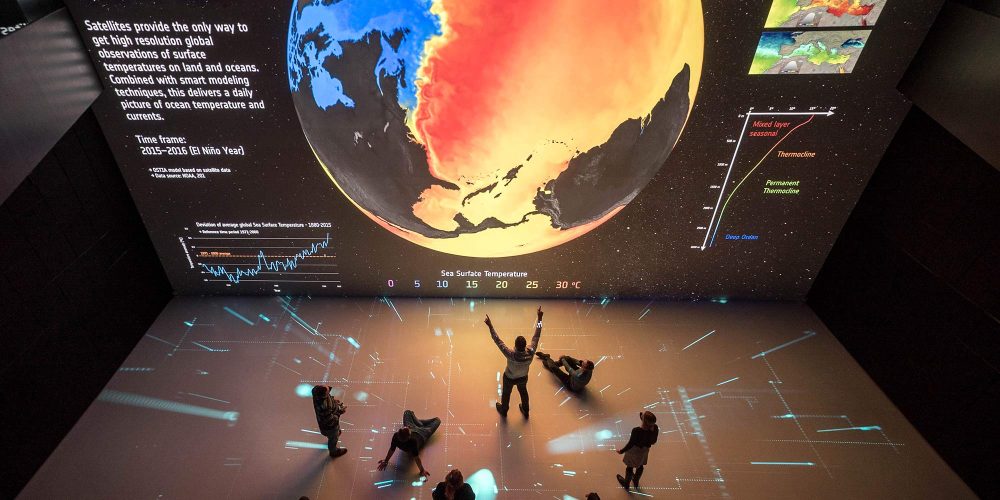
Deep Space EVOLUTION: From the Cave into the Deep Space
With the CAVE, the Ars Electronica Futurelab laid the foundation for this experiential environment in the 1990s. “Deep Space EVOLUTION” is Ars Electronica’s next chapter when it comes to immersive visual worlds.
-
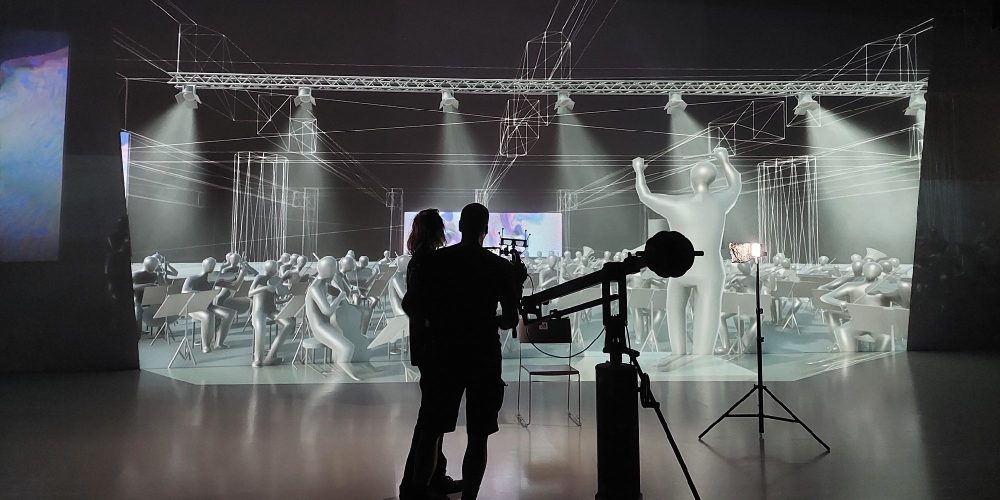
How to dive into hybrid reality
“Action!” The Ars Electronica Futurelab’s team shares its insights on the new video production system Deep Virtual.
-
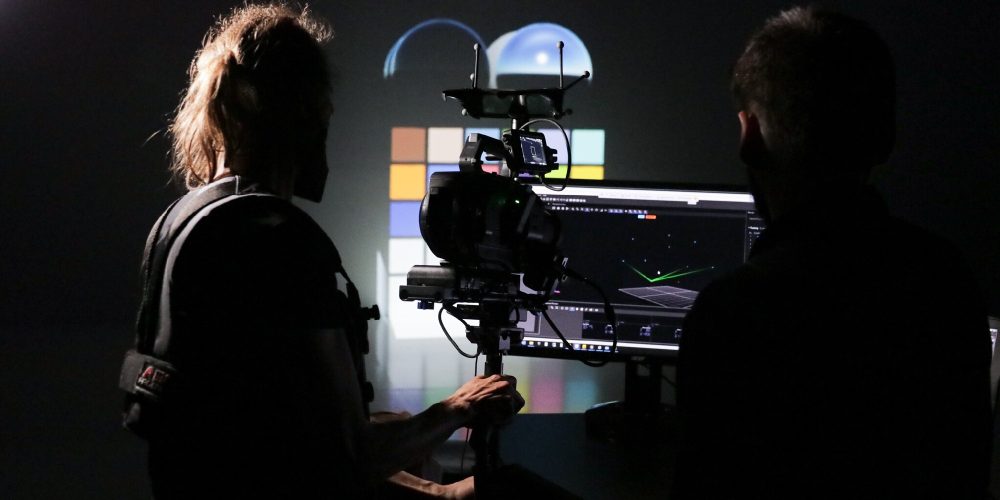
Virtual Reality beyond Deep Space 8K
Camera rolling! Ars Electronica Futurelab’s Deep Virtual video production system merges physical and virtual reality to live-stream VR from Deep Space 8K.
-
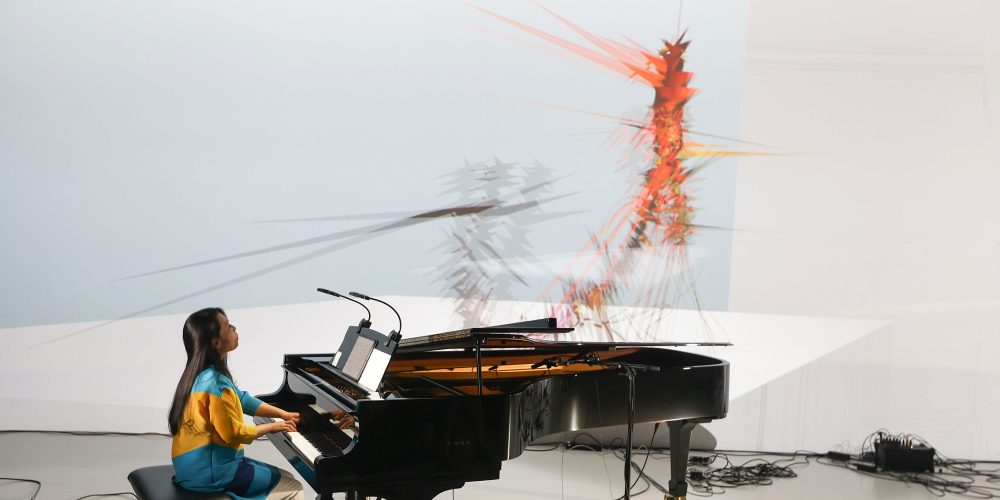
Morphologies – Digital Formations and Analog Music
Analog music generates digital visualizations: Maki Namekawa, Cori O’Lan and Rubin Kodheli in a timeless night performance at Deep Space 8K.
-
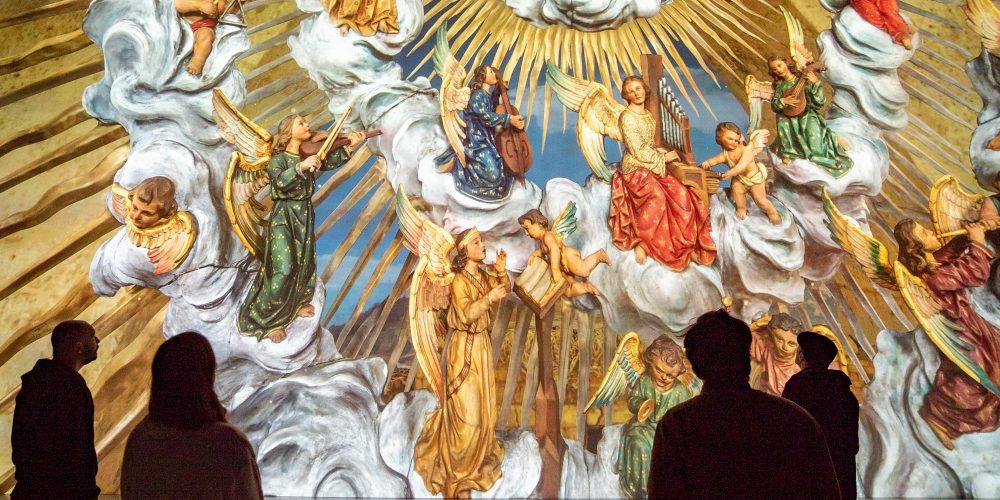
Future Christmas
Whether Christmas hurry or Advent lockdown, we have a suitable program for a contemplative pre-Christmas time: The Virtual Crib from St. Mary’s Cathedral in Linz.
-
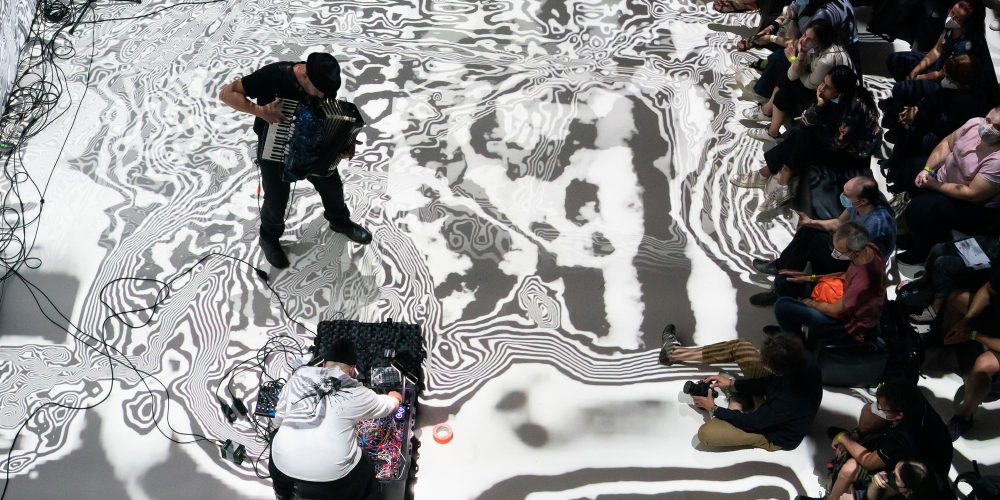
11°22’4”142°35’5” – Noise and Visuals in Deep Space 8K
Accordion Noise and Visual Performance 11°22’4”142°35’5” took us down to the deepest point of the Mariana Trench as part of the Ars Electronica Futurelab’s Night Performances in Deep Space 8K.
-
![[ˈdaːzaɪn] – Audiovisual Performance](https://ars.electronica.art/aeblog/files/2021/09/51443064605_0d1cf63418_o_2000x1000-1000x500.jpg)
[ˈdaːzaɪn] – Audiovisual Performance
Embedded in a technical, symbolic and metaphysical universe, the audiovisual performance [ˈdaːzaɪn] by media artists Arno Deutschbauer and Micha Elias Pichlkastner alias “Sective” immersed the packed Deep Space 8K in a reloaded atmosphere.
-
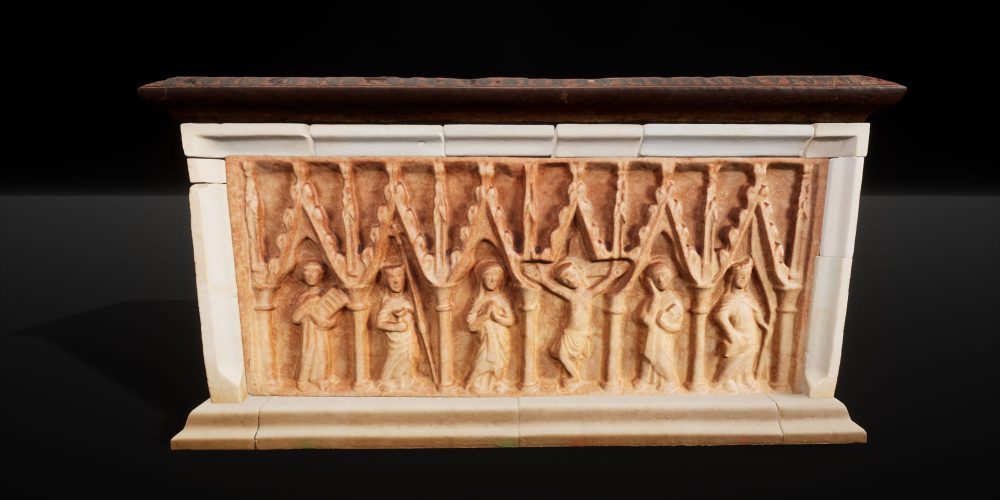
Digitization of cultural heritage
For the most recent digitization project, too, a Gothic tomb from the collegiate church of Wilhering, researchers of the Ars Electronica Futurelab successfully used the non-contact method of photogrammetry.
-
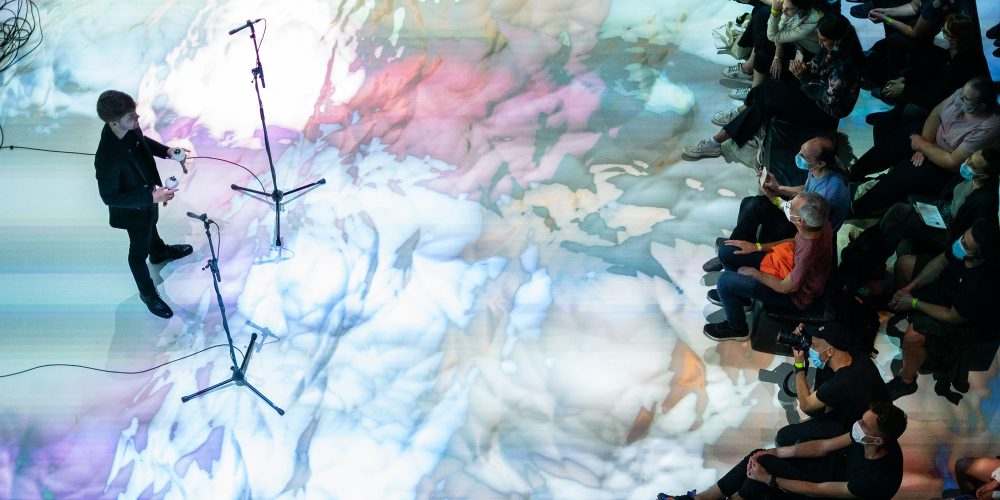
Temazcal – The art of percussion
An acoustic, visual and digital interpretation of Javier Alvarez’s “Temazcal” for maracas by percussion artist Elliott Gaston-Ross to live visuals by Florian Berger.
-
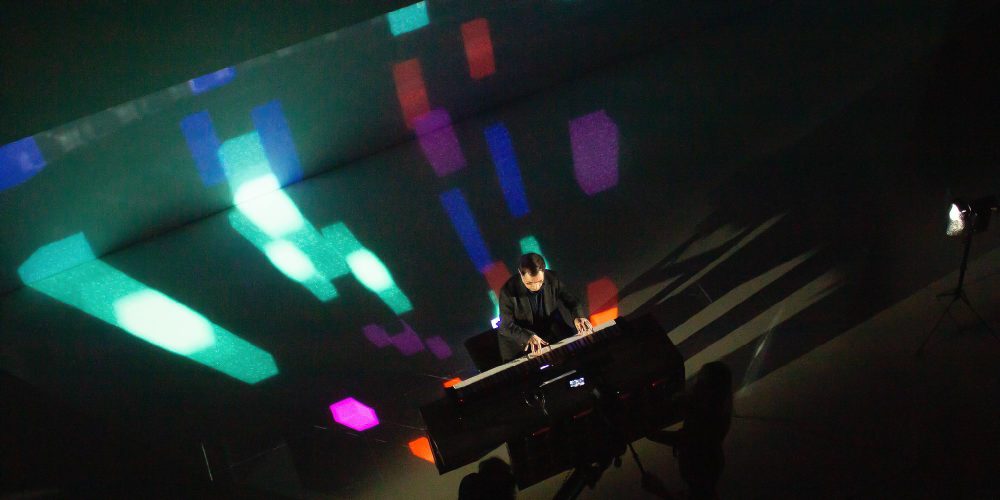
Sounding Letters – AI and human intelligence in concert
There have been many attempts to express music in words. But what happens when you transform a sequence of letters into music with the help of Artificial Intelligence?
-
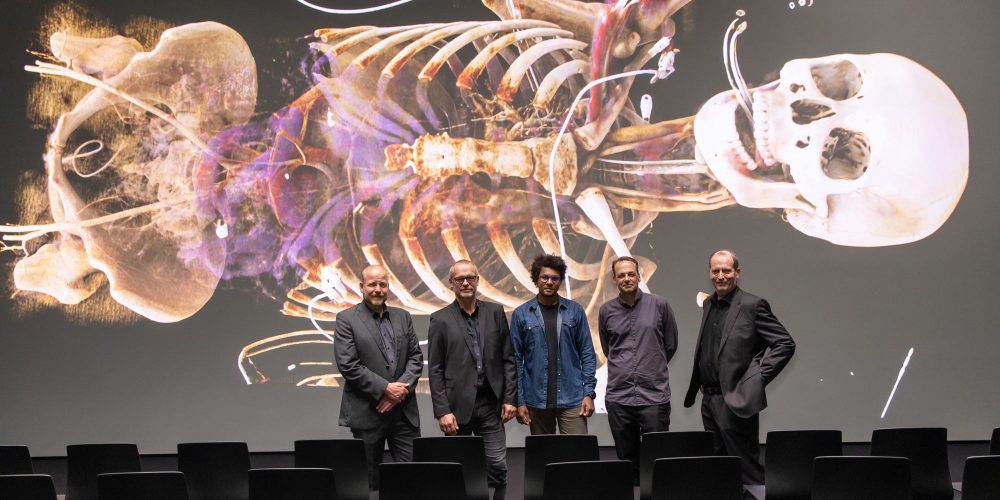
The Future of Medical Studies, Today
What the medical studies of the future look like? Find out with “Virtual Anatomy” at the new JKU medSPACE, developed by the Ars Electronica Futurelab: high-resolution anatomy in 3D, where you can zoom and rotate down to the smallest blood vessel.
-
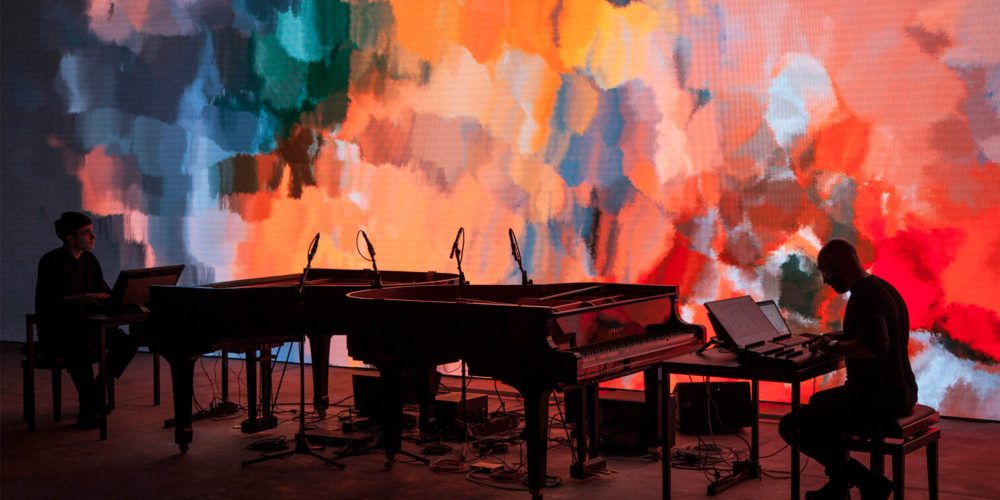
Deep Space 8K: Festival Highlights
It’s time again to introduce you to the spectacular Deep Space 8K festival program! Whether it’s visionary ideas for the future or artistic visualizations on the big screen, there’s something for everyone.
-
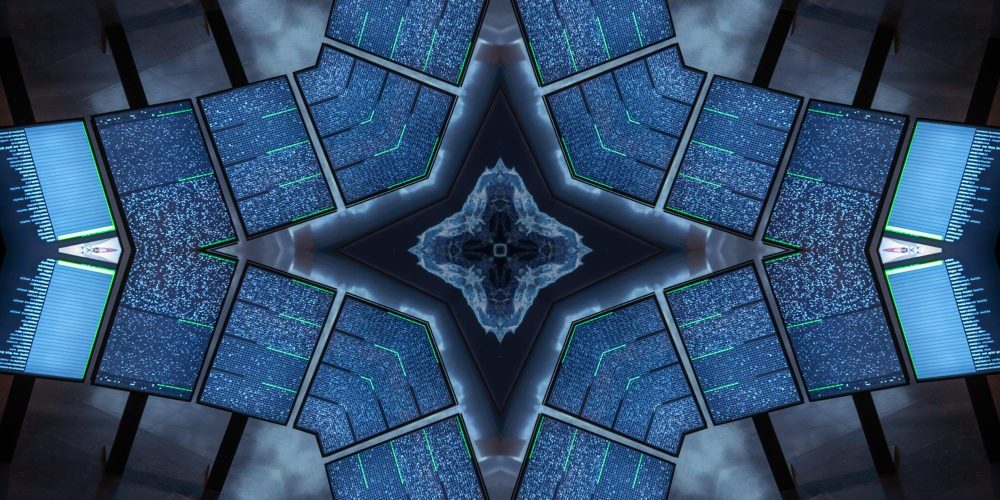
Creative (Artificial) Intelligence
What differentiates analog from digitally generated work?
-
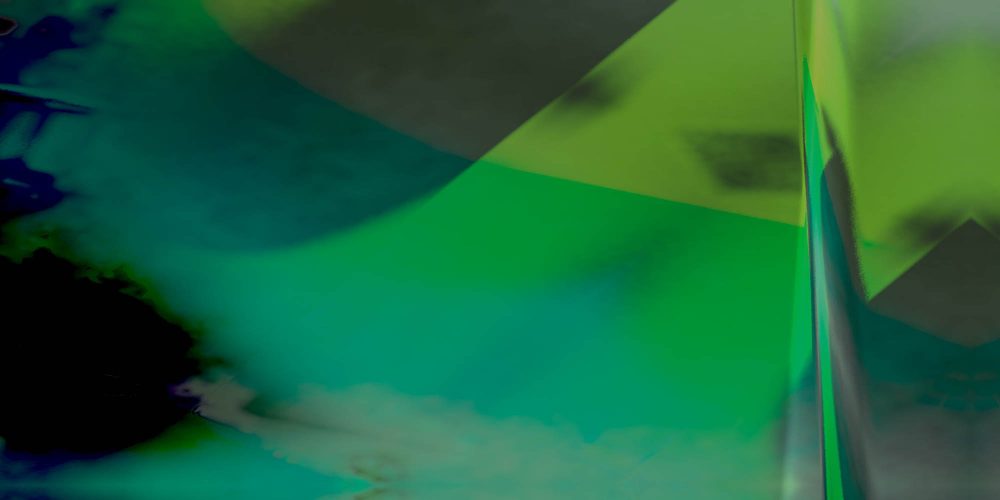
Nocturne 2021: the Pandemic on big screen.
An extraordinary artwork, created in an extraordinary period. Nocturne brings the time of the Pandemic in the Deep Space 8K.
-
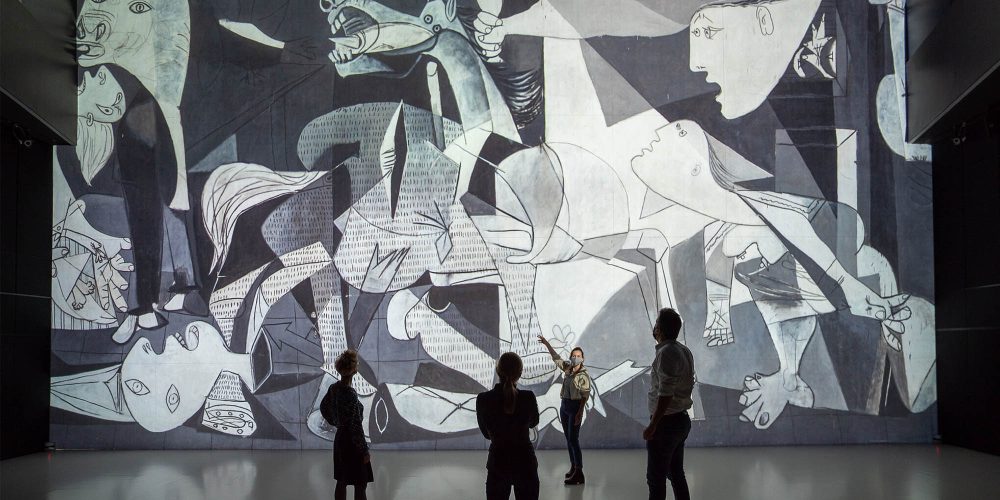
“Rethinking GUERNICA” inside Deep Space 8K
For the first time, Pablo Picasso will visit us at the Ars Electronica Center. His work “Guernica” will be presented in Deep Space 8K at this year’s Ars Electronica Festival, and Michaela Wimplinger tells us how it was made possible.
-
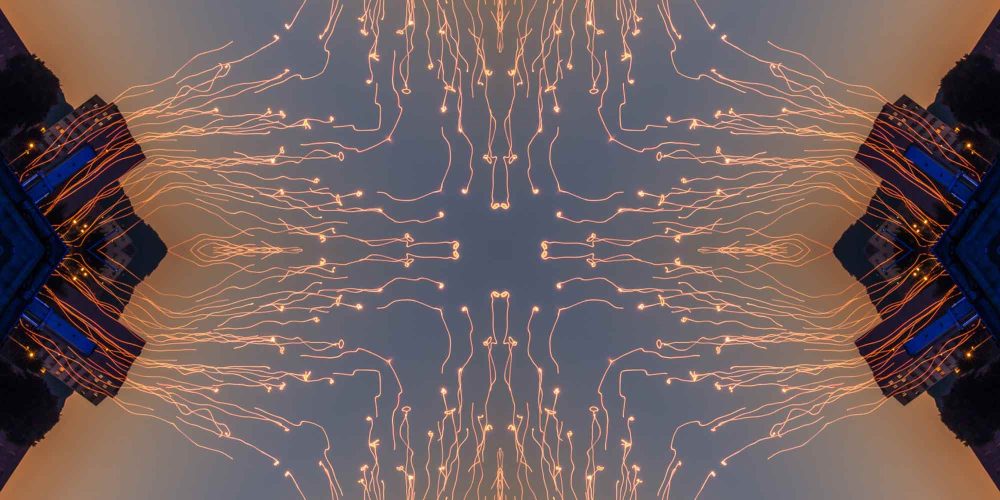
The Art of Swarms
The Spaxels were just the beginning of a long journey into the future of the Ars Electronica Futurelab
-
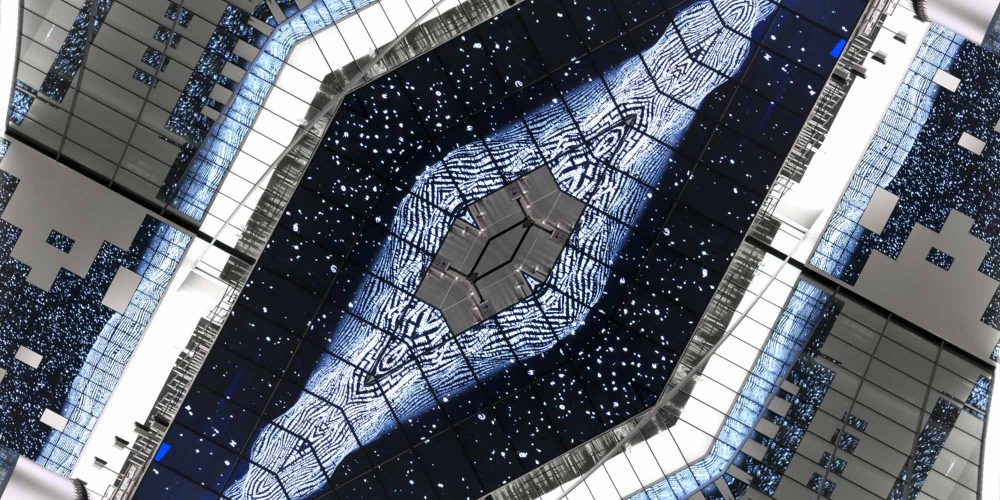
Poetic Systems
How art can make complex structures tangible
-
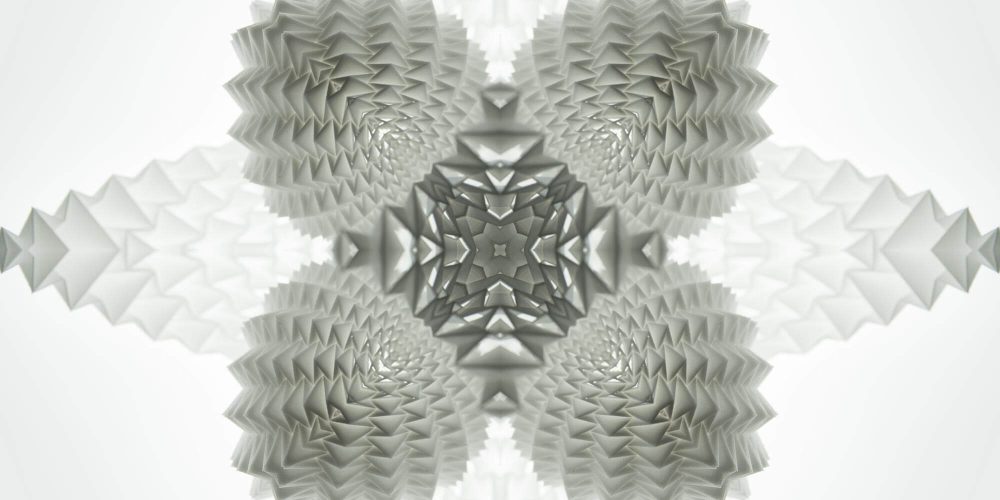
Computation and Beyond
How can we inspire people to actively design our common future?
-
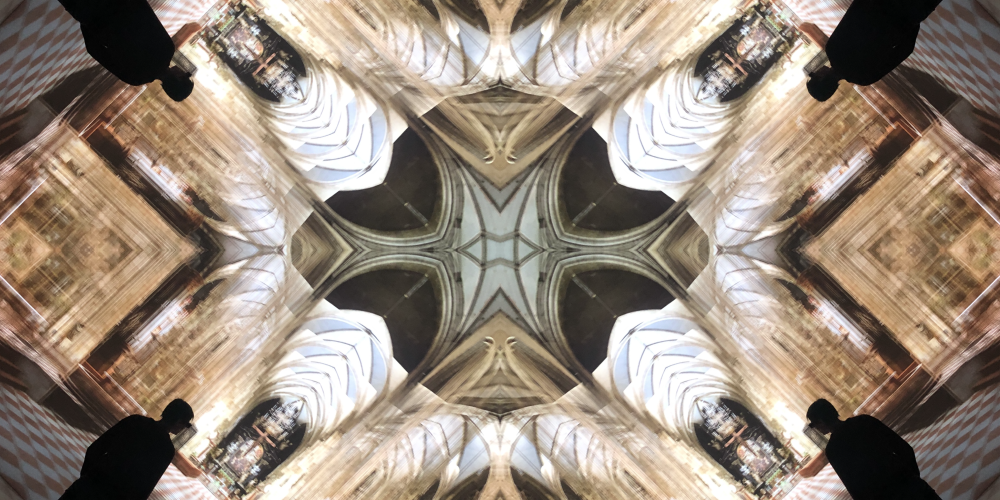
Virtual Worlds
Innovative concepts for hybrid environments
-
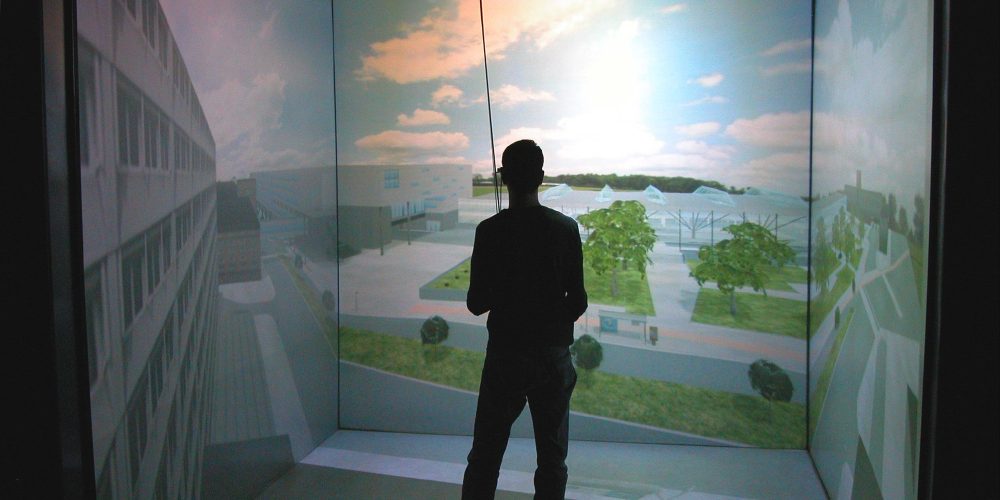
Throwback: The CAVE
In 1996, the CAVE, a room in which you can fly through the air, was created in the recently opened Ars Electronica Center.
-
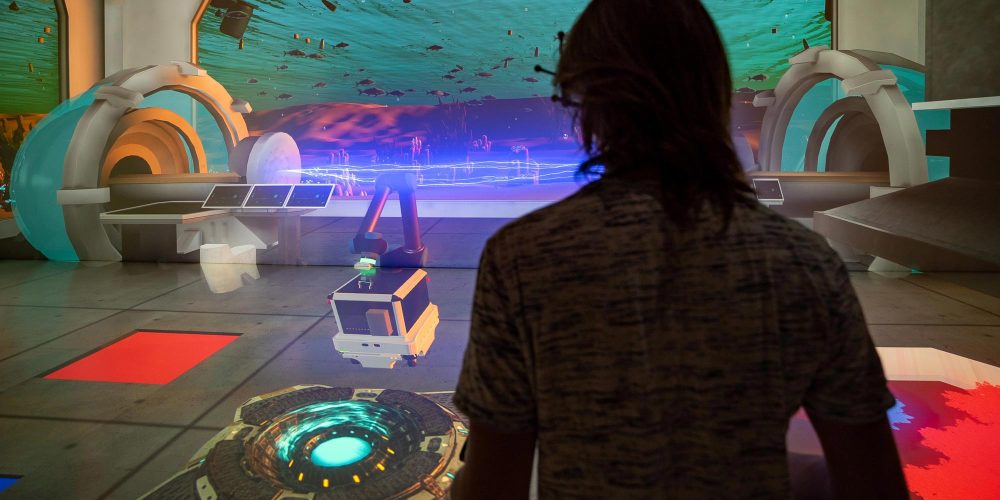
Why trust robots?
When humans and robots work side by side, it’s not always easy.
-
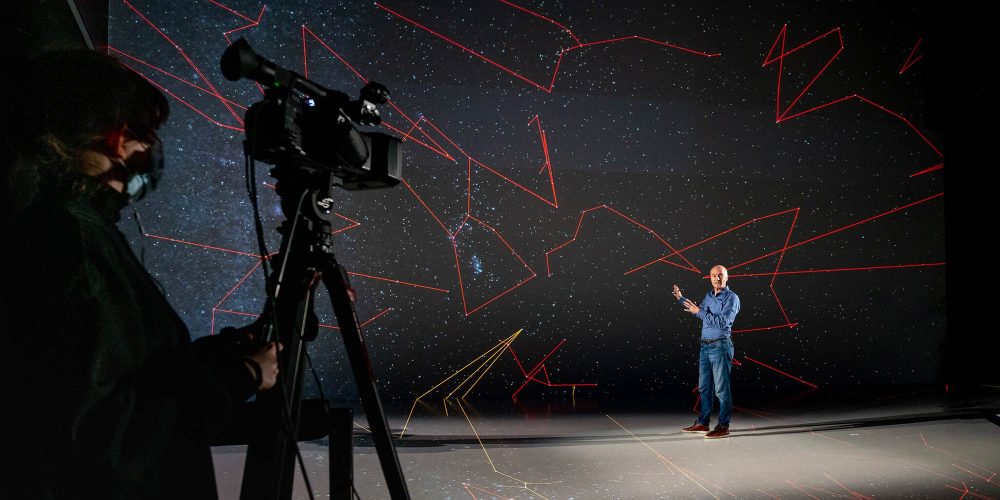
Which stars show up in our summer sky?
Star photographer Dietmar Hager takes us on a journey through the summer starry sky – as seen from Austria. (German language)
-
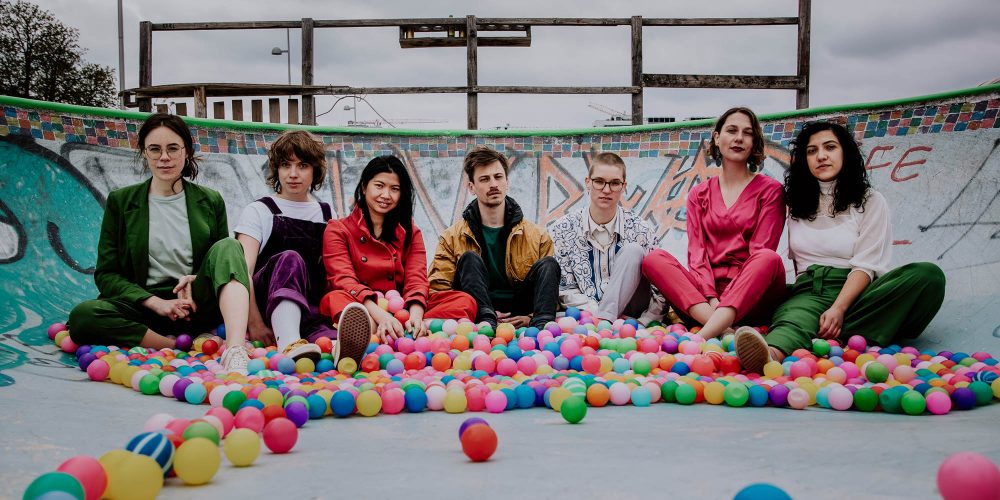
MAMMA FATALE
Celebrate life with music, make you think with lyrics. Enjoy avant-garde pop/jazz of the collective MAMMA FATALE.
-
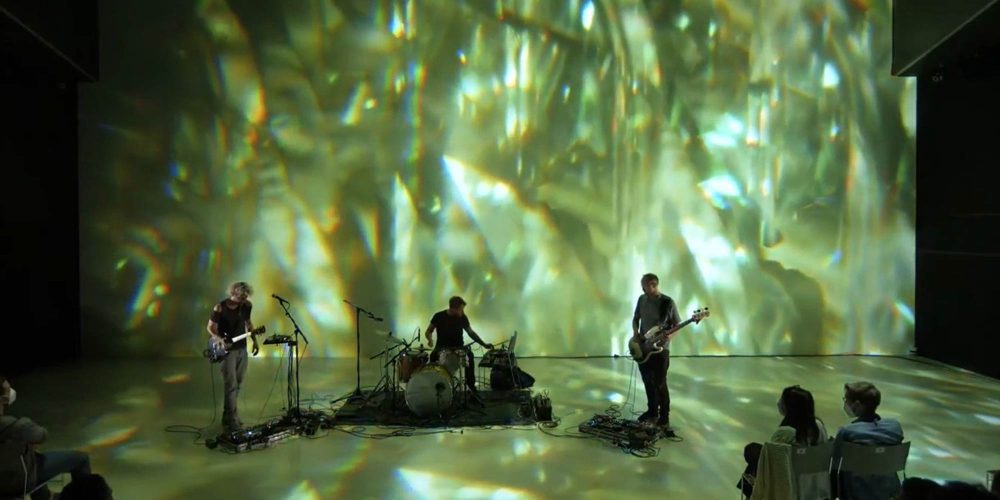
Elektro Guzzi
Elektro Guzzi play hypnotic techno sound with guitar, bass and drums in Deep Space 8K to the visuals of Eyup Kuş.
-
![ungezähmt [untamed]](https://ars.electronica.art/aeblog/files/2021/06/ungezaehmt-1000x500.jpg)
ungezähmt [untamed]
While the Trio Verve lets classical music sound in deep space, the visuals of Monocolor underline the musical description of a landscape.